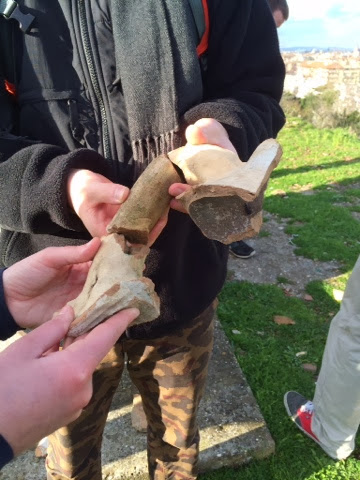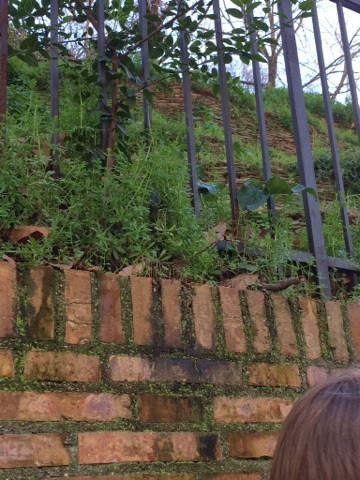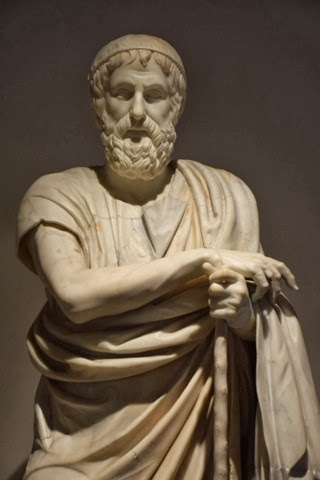Since day one of the trip I was anxiously awaiting our arrival to our final destination: Rome. I was excited to experience the bustle of a true European city, and to see landmarks I'd previously only seen in magazines and movies: like the Colosseum, and the Trevi Fountain, and the Vatican. My experience was in no way a disappointment. We were blessed with sun on our second day in Rome and were able to check off many bucket list items in one swoop on a walk together through the historical district.
The article Matt and I were assigned for Rome analyzed the Medieval Catholic Church from an economic perspective, looking at the powerful beast that was the Catholic Church from the year 1000 - 1500 as a monopoly instead of just a religious institution. It described the ways the church saught rent from its constituents, the most common being tithing and offerings, payment for sin forgiveness, and through the church's role in banning usury.
With this in mind, I spent my time wandering through the Vatican looking for ways that rent seeking exists in the church today that maybe were not accessible back then. Walking through the Vatican Museum, these were not hard to spot. The church, like any business, was taking full advantage of its ability to pull revenue from places other than its members. There was an entrance fee to the museum, and around every corner was a booth or full fledged souvenir shop. The Sistine Chapel (very underwhelming, by the way) was packed with guards waiting to pounce on any tourists brave enough to lift a phone or camera. It was obvious that Michelangelo's work was an asset they were unwilling to share freely. Whether you believe the church is in the business of collecting souls or cash, they are no stranger to collecting either.
This time in Italy has been a whirlwind experience I will never forget. I came into this trip apprehensive and unsure of what this month would hold, and left with new friends, an expanded worldview, and a plethora of great stories. I cannot wait to come back and explore more of this captivating country.
Arrivederci, Italy!





























.jpeg)












.JPG)














